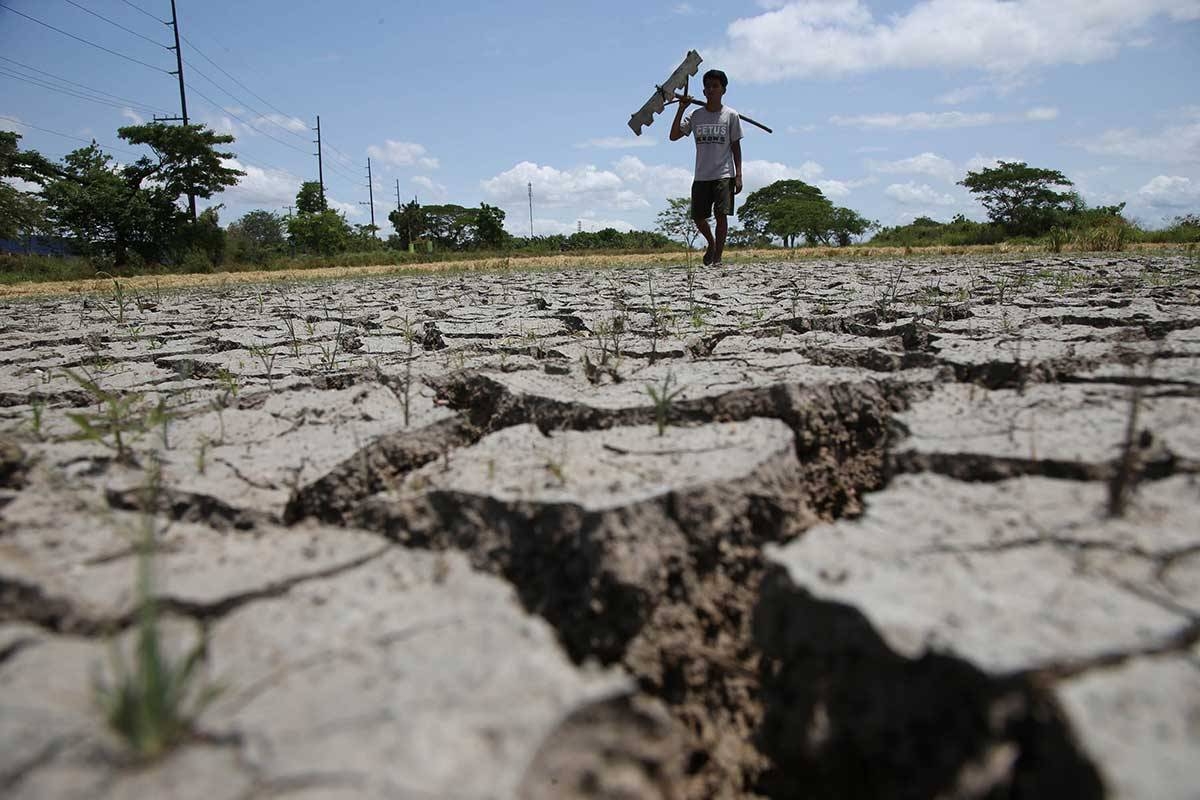The Philippines is bracing itself for the peak of the El Niño phenomenon, which is expected to occur during the summer months, according to the Philippine Atmospheric, Geophysical and Astronomical Services Administration (Pagasa). While record high temperatures are anticipated, Pagasa Climate Monitoring and Prediction chief, Analiza Solis, has stated that the strong and mature stage of El Niño observed in February is expected to weaken in the coming months.
Despite the expected weakening of El Niño, Solis cautioned that the country will still experience the lag effect of the peak El Niño. By the end of May, approximately 32 provinces and areas may encounter meteorological drought, with low rainfall being a significant concern. These regions have already been experiencing prolonged dry spells for three to five months.
As of February 25, Pagasa data indicates that 24 provinces, including 23 in Luzon and one in Negros Occidental in the Visayas, are currently facing meteorological drought. Additionally, 17 areas are experiencing a dry spell. Solis further warned that over 40 provinces could potentially experience meteorological drought by April.
Looking ahead, a transition to the La Niña phenomenon is expected between July and September. According to international prediction centers, there is a 55 percent chance of La Niña occurring during this period. However, before the onset of La Niña, the country will continue to experience below normal rainfall conditions. Once La Niña has matured or is present, there is a higher probability of above normal rainfall, which could result in floods and landslides. Therefore, preparations need to be made to mitigate these risks before the year ends.
Solis also mentioned that 2024 could potentially surpass 2023 as the warmest year on record. In 2020, the Philippines experienced its eleventh warmest year, highlighting the ongoing impact of climate change on the country.
It is crucial for the Philippines to prepare for both the immediate and long-term effects of these climatic phenomena. Adequate measures should be taken to mitigate the impact of drought, such as implementing water conservation strategies and providing support to affected communities. Additionally, preparations for potential flooding and landslides during the La Niña phase should include early warning systems, infrastructure improvements, and disaster response plans.
To address the long-term implications of climate change, the Philippines should continue to prioritize sustainable development and the reduction of greenhouse gas emissions. This includes promoting renewable energy sources, implementing climate adaptation and resilience programs, and raising awareness about the importance of environmental conservation among the population.
In conclusion, the Philippines is anticipating the peak of the El Niño phenomenon during the summer months, which may exacerbate drought conditions in several provinces. The transition to La Niña in the later part of the year could bring above normal rainfall, leading to potential flooding and landslides. It is crucial for the country to be prepared for these climatic events by implementing appropriate measures to mitigate their impact and prioritize long-term climate change adaptation strategies.







